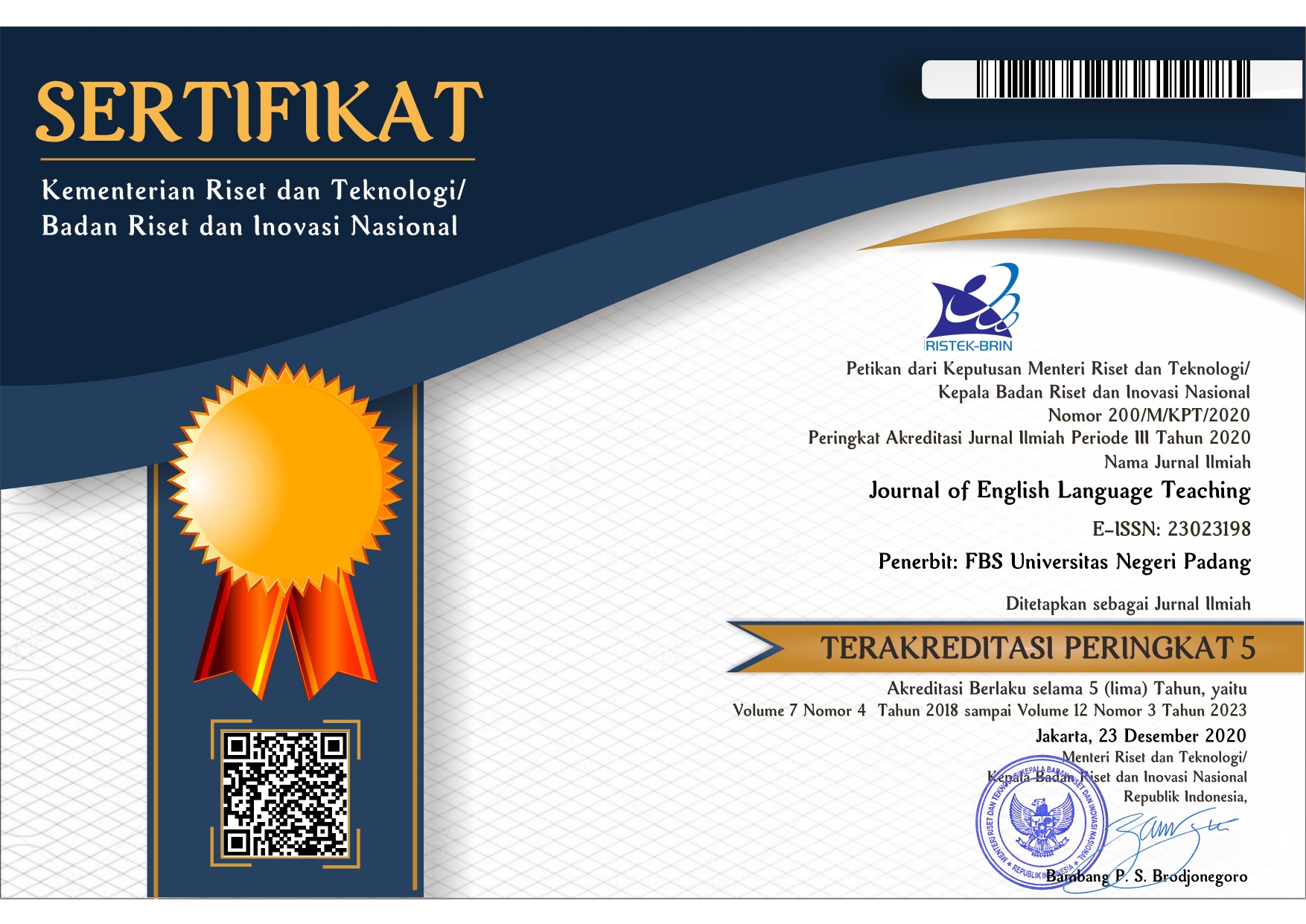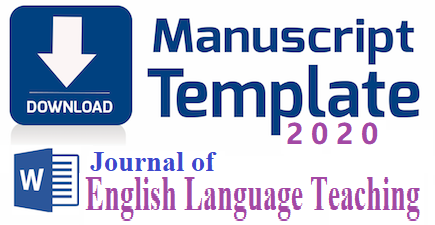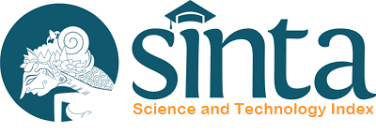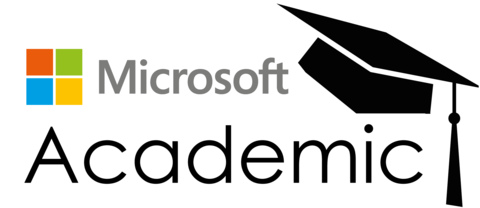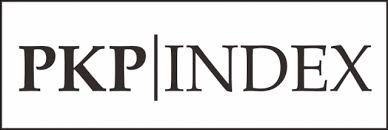English Teachers’ Perceptions on the Use of Technology-Based Media in Teaching English during Covid-19 Pandemic: A Descriptive Study at SMA N 9 Padang
 ), Sitti Fatimah(2),
), Sitti Fatimah(2), (1) Universitas Negeri Padang
(2) Universitas Negeri Padang
 Corresponding Author
Corresponding Author
Copyright (c) 2021 Olaff Yoki Ardena
DOI : https://doi.org/10.24036/jelt.v10i2.112480
Full Text:
 Language : en
Language : en
Abstract
Keywords
References
Brown, H. D. (2004). Language Assessment Principles and Classroom Practices. New York: Longman.
Hudak & Gallo (2010). Keperawatan Kritis Edisi 6. Jakarta; EGC.
Hyland (2009) Academic Discourse: English in a Global Context . London: Continuum.
Laire, Delphine, Jordi Casteleyn, and André Mottart. (2012). “Social Media's Learning Outcomes Within Writing Instruction in the EFL Classroom. Universitet Geint.
Siwi, Syofyan, Hayati. (2018). Pengembangan Webtoon Sebagai Media Pembelajaran Interaktif Dalam Meningkatkan Kemampuan Mengajar Mahasiswa Pada Mata Kuliah Micro Teaching Di Fakultas Ekonomi Universitas Negeri Padang. Pakar Pendidikan. Vol. 16 No. 1 Januari 2018 (47-59). Universitas Negeri Padang.
Peregoy, S. F., Boyle, O., & Cadiero-Kaplan, K. (2008). Reading, writing and learning in ESL: A resource book for teaching K-12 English learners. Boston: Pearson.
Randhir Roopchund • Vani Ramesh. (2019). Proceedings of Fifth International Conference INDIA 2018 Volume 2. Chapter.
Rahayu, Anisa Milawati. (2017). Penggunaan Sumber Bahan Webtoon (www.Webtoons.Com) Dalam Pembelajaran Menulis Karangan Narasi Bahasa Perancis. S1 Thesis, Universitas Pendidikan Indonesia.
Raulan. (2018). Teaching Writing Narrative Text By Using “Webtoon Digital Comic” To Senior High School Students. Journal Of English Language Teaching, Vol. 7, No.4, Tahun 2018. Universitas Negeri Padang.
Rebecca, K. L. (2003). A Critical Handbook of Children’s Literature. Massachuset: Pearson Education, Inc.
Salikin. (2017). The Social Media-Based Approach in Teaching Writing. Indonesia: Jember University.
Shlomith Rimmon-Kenan. (1983). Narrative Fiction. London: Methuen & Co Ltd.
Silpani Oktarina, Susetyo, dan Gumono. (2019). Peningkatan Keterampilan Menulis Naskah Drama Dengan Menggunakan Media Line Webtoon Pada Siswa Kelas Viii Smp Negeri 1 Kota Bengkulu. Jurnal Ilmiah Korpus, Volume III, Nomor I, April 2019. Universitas Bengkulu.
Suhartono, Suhartono, and Iranada Laraswati. (2016). “The Use of Visual Media in Teaching Writing”. ENGLISH EDUCATION: JOURNAL OF ENGLISH TEACHING AND RESEARCH 1, no. 1 (May 16, 2016). Accessed March 18, 2020. https://ojs.unpkediri.ac.id/index.php/inggris/article/view/274.
 Article Metrics
Article Metrics
 Abstract Views : 695 times
Abstract Views : 695 times
 PDF Downloaded : 213 times
PDF Downloaded : 213 times
Refbacks
- There are currently no refbacks.
Copyright (c) 2021 Olaff Yoki Ardena

This work is licensed under a Creative Commons Attribution-NonCommercial 4.0 International License.

